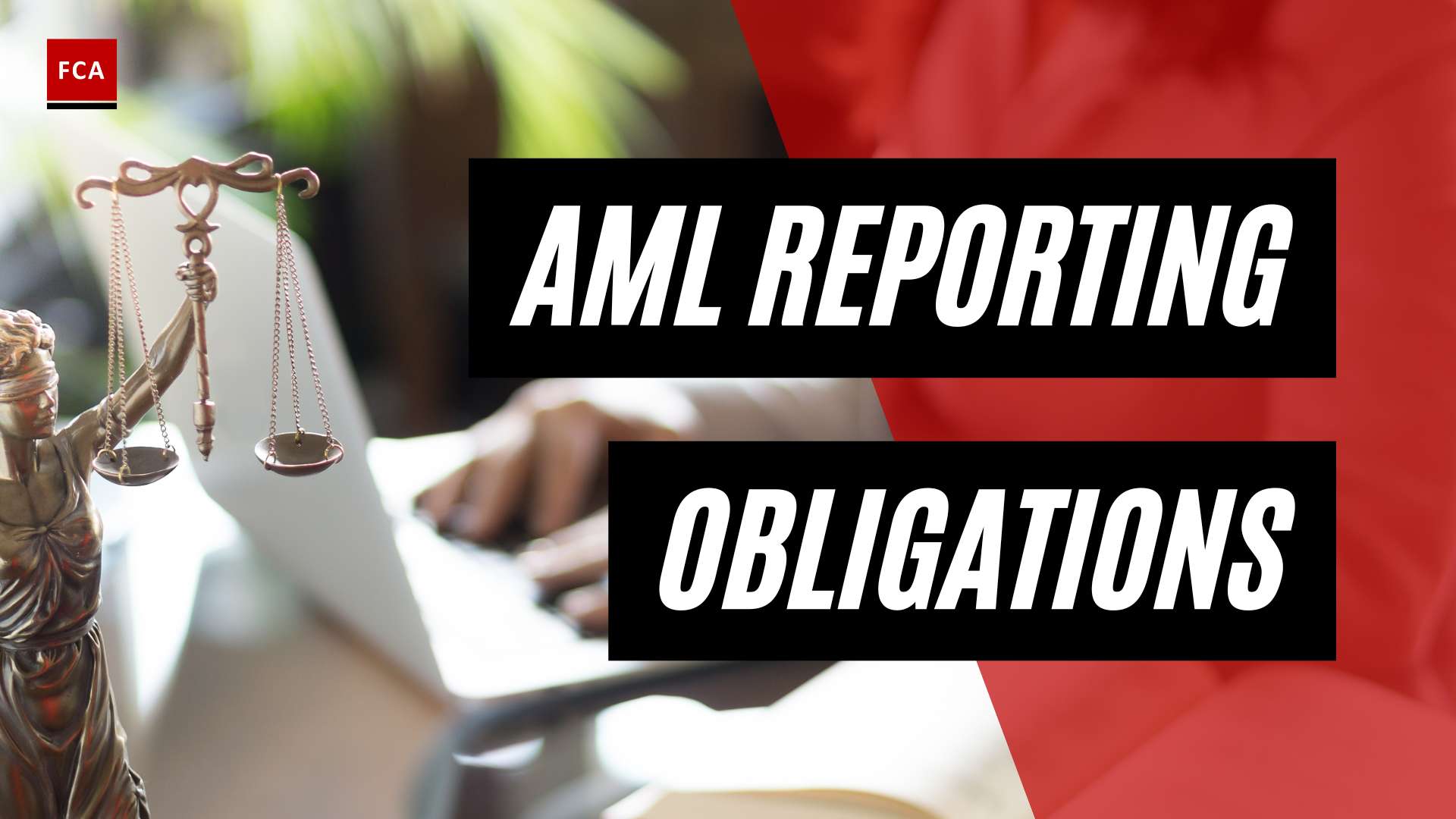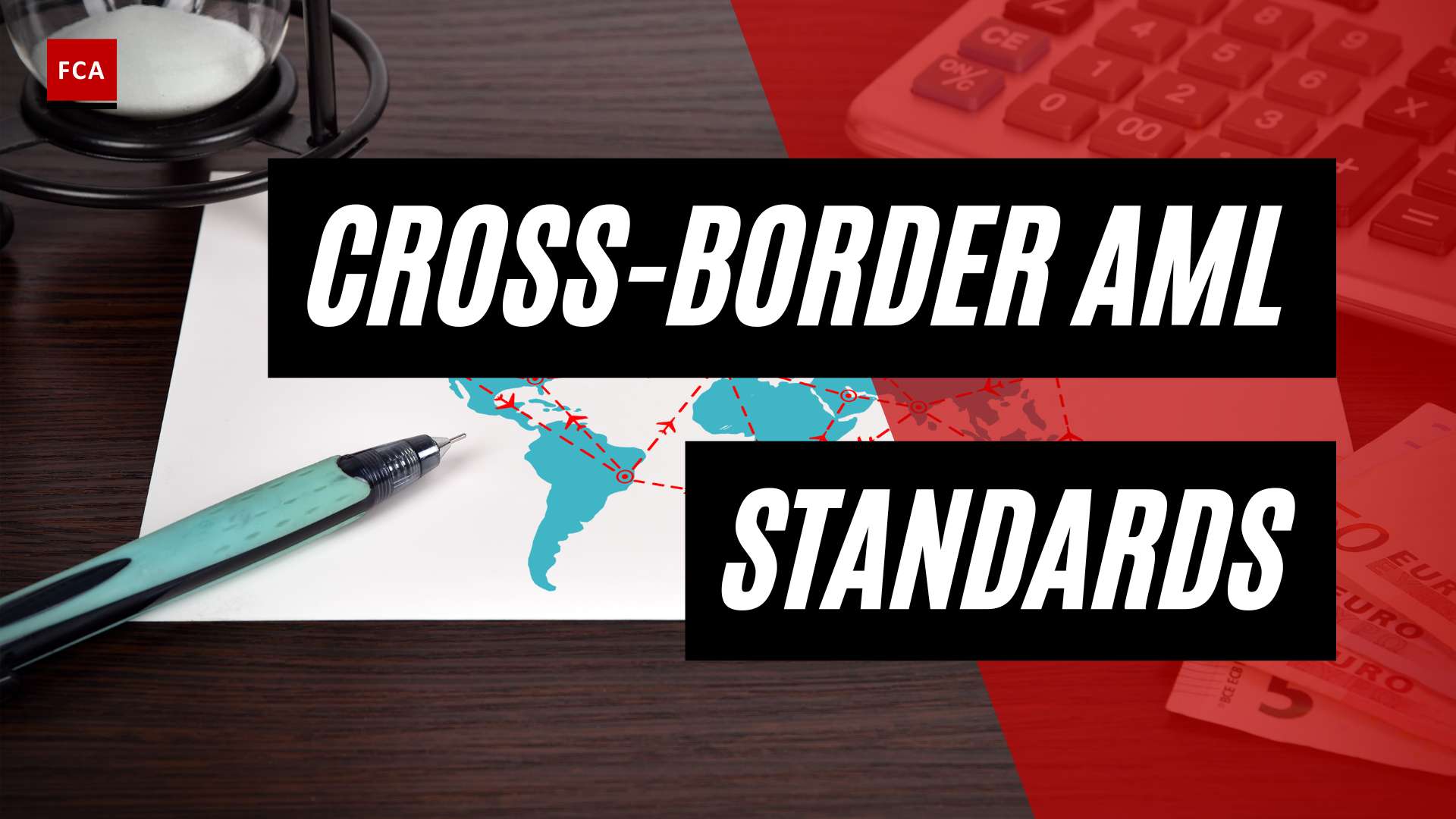Banks and financial institutions are exposed to exemplary methods of money laundering activities and risks because they offer their services to wide range of customers, who may be from diversified back grounds and jurisdictions. Banks and Financial Institutions are attracted by the money launderers because they find it easier to hide, use or transfer their black money.
Money laundering may be committed by anyone including the senior management or employees of the organization, customers, other stakeholders, general public or declared criminals. Usually, money laundering is performed by organized criminals to hide the illegal money or support other criminals. Money launderers approach banks to inject and transfer their illegal funds, causing the banks to process the transactions.
As banks are aware of the time and resources required to combat laundering activities in traditional banking, they oversee investments in these areas diligently. However, the loopholes of online banking are often undermined in the banking systems of many countries. This weakness proves to be a thriving ground for criminals who make use of these loose standards for money laundering and terror financing purposes.

Exemplary Methods of Money Laundering
Online banking is currently the playground of many fraudsters who are using social engineering methods to access other people’s bank accounts in their favour. For money laundering purposes, a criminal may transfer money directly to such a victim’s account and trick the person into sharing sensitive information such as passwords or into getting remote access to the victim’s computer. Then, the criminal can make an unauthorized payment from the victim’s account.
Using the banking channels and their online banking support, money launderers also utilize these channels for transferring digital currencies. They make payments through their bank accounts and buy or sell the digital currencies. Cryptocurrencies such as bitcoin, due to their inherent anonymity feature, are one the most convenient ways to wash money. These currencies are not connected to a person’s identity and only depend on the private key connected to an account. In addition, individuals, who use digital currencies, do not have to rely on intermediaries for value transfers. Digital currency platforms often do not carry out checks for the source of money, politically exposed persons (PEPs) and sanctions.
In other Financial Institutions, such as Money Service Businesses or Remittance Companies, the money launderers approach them and open their accounts for availing the products and services offered by these institutions. Using FIs, the money launderers inject their money through buying the foreign currencies and selling them later to generate more funds, or they may transfer the illegal funds, to another location or country using the remittance methods provided by FI.
Other Financial Institutions like leasing companies, are also used by money launderers where they invest the illegal funds into the assets such as Cars, Property etc. Money transfer and receiving are few of the core objectives of money launderers, regarding the Financial Institutions.
Many regulators have restricted FIs from dealing with cryptocurrency exchanges, and banks have restricted customers transacting in virtual currencies. However, both these transactions are happening in many countries, and there is a mounting risk of financial crimes involved. These modern methods of money laundering and the rising transaction volumes in them are becoming a major headache for regulators across the globe.
Given the complexity involved in their technology and the difficulties in regulating them, many governments have blocked dealings in cryptocurrencies. The regulators are now required to step up their oversight to counter money laundering via these modern methods Holding the general hostility of central banks towards cryptocurrencies apart, some prominent global banks have started active cooperation with cryptocurrencies.
Final Thoughts
In a June 2021 report, the United States Financial Crimes Enforcement Network (FinCEN) stated that convertible virtual currencies (CVCs), another term for cryptocurrencies have grown to become the currency of choice in a wide range of online illicit activities. CVCs are increasingly being used to layer transactions and obfuscate the origin of money derived from criminal activity, in addition to being the preferred form of payment for purchasing ransomware tools and services, online exploitative material, drugs, and other illegal goods online. Criminals use a variety of cryptocurrency money-laundering techniques, including “mixers” and “tumblers,” which break the connection between an address or crypto wallet, sending cryptocurrency and the address receiving it.








